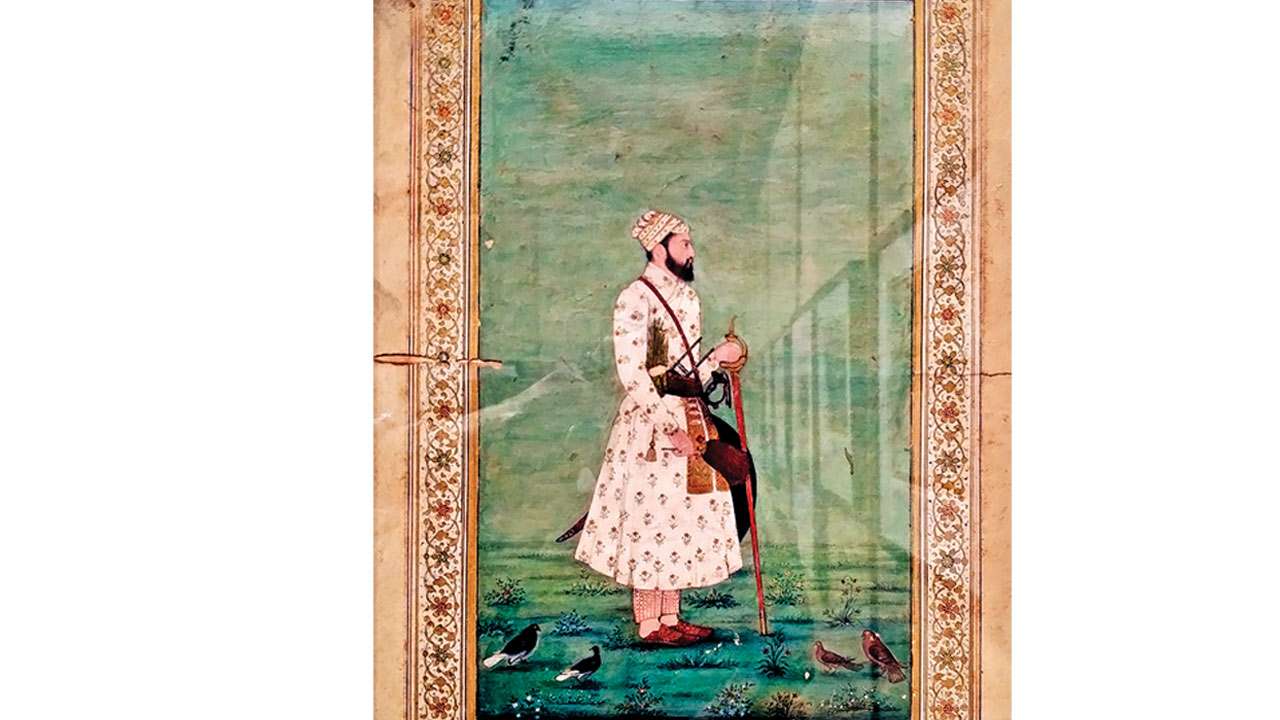
India in 1686. Much of the country was under the Mughal empire with Aurangzeb well into his Deccan campaign. The British East India Company had a few dots here and there on the map. Some factories in Surat, some presence in Bengal, Fort St. George in the South and a bunch of islands called Bombay, which England’s King Charles II had received in dowry from the Portuguese and had been given on rent to the EIC, finding it a useless piece of marshland.
Bengal at the time was under the control of Shaiste Khan. The same Shaiste Khan who had his fingers (thumb as per some accounts) chopped away by Chhatrapati Shivaji. The firman (order) granting the East India Company three factories in what would eventually become the city of Kolkata was still 30 years away. The Battle of Plassey was three generations away. But for decisions taken in 1686, that future almost did not happen! Aurangzeb nearly destroyed the East India Company! Surprised? Read on.
In 1680, Aurangzeb allowed the British to trade at Surat by paying duties of 3.5 percent. An earlier law (1650) made by Shah Shuja as subhedar of Bengal had allowed the British to trade in Bengal for an annual fee of Rs 3,000. The EIC wanted to carry out all India trade on the basis of just this fee, or alternately trade anywhere just by paying 3.5 percent on the goods landed in Surat! Both demands were squashed.
In January 1686, six companies of British soldiers landed at Hughli after mistaking the route to Chittagong. The arguments over the duties and trade tariffs had brought the East India Company to the view that their salvation lay in building forts and fortified enclaves in India. It was the first germ of an idea aimed at controlling land in India. Around this time, there was an altercation among the Mughal and the British troops at Hughli, lighting the spark for war.
The Mughals burnt an English factory and the English in turn burnt a Mughal ship and set the local faujdar’s house on fire. Shaiste Khan sent a large force to Hughli, prompting the British Commander Job Charnoc to retreat to a village called Sutanuti. It seemed that the hostilities had ended, but even then the East India Company went ahead and burnt many Mughal boats, warehouses and captured some small forts. At this stage, Shaiste Khan sought to make peace with Charnoc. He rebuked his behaviour, but still allowed a fort to be built at Uluberia near Calcutta. Unchanged though, the British continued to cause problems under Captain Heath, such as burning the fort at Baleshar, before he was forced to withdraw, to Fort St. George in present day Chennai.
Meanwhile, the Western coast was also edgy since laws pertaining to Surat were being brought into play. Relations between the British and the Siddis of Janjira had never been very cordial, so when the war in Bengal began, the East India Company’s Governor at Bombay, Sir John Child, indulged in war mongering aimed at the Siddis. Although they had nominal control of Bombay, he wanted to make it total by eliminating any competition.
Child then went ahead and captured a few trading ships belonging to Siddi Kasim. The result was as it was anticipated: A blockade of Bombay. This was around 1689-1690. Siddi Kasim captured the island of Mazgaon and placed his cannons on the hills of Dongri. He further proceeded to bomb the British garrisons. If he had continued for a few months more, he would have captured Bombay.
Few people know that it was a Parsi, Rustomji Dorabji, who prevented Mumbai from going under the control of Siddi of Janjira. He brought together a motley but spirited crowd of Kolis and Bhandaris to defend the islands.
Eventually, supplies ran out for Sir John Child, and he was forced to raise the white flag and plead for a pardon. According to some accounts, British officials in Surat were paraded in chains on the streets of Surat, while some went to Aurangzeb with their hands tied behind their backs seeking mercy. Sir John Child offered to pay the Mughal a total of Rs 1.50 lakh as fine. His apologies were accepted, as were those of British officials in Bengal, Surat and Fort St. George. In 1698, the same Aurangzeb allowed the East India Company to construct Fort William in Bengal. Trade was to continue as before.
Why did the Mughals spare the British? We do not know. Contemporary records are silent on this aspect. Perhaps it was because at the time, the East India Company’s antics were viewed as little more than some traders causing some disturbances. They were not a political “threat” of any kind, just a nuisance which could be swatted like a fly if the need arose. Moreover, Aurangzeb was completely engrossed in his war against the Marathas, and hence had little time or energy for some merchants indulging in a few skirmishes in Bengal. Another practical reason could be that the British along with other European powers were in control of India’s western seaboard. Their good offices were needed, both for trade and sending pilgrims to the Hajj. Plus, they were an important source of revenue for the empire. Aurangzeb or Siddi Kasim do not become “freedom fighters” as a result.
There is unfortunately a school of thought which treats every battle against the British as “part of the freedom struggle”. I believe that only those battles which were fought after the British became a paramount power (1804) should be treated as such. This article is just a fun peep into what could have been!
The writer is the author of Brahmaputra — Story of Lachit Borphukan and Sahyadris to Hindukush — Maratha Conquest of Lahore and Attock.
Views expressed are personal.